
Understanding the Color Diet: Benefits and How It Works
The color diet is a simple, visual, and immediate way to categorize foods by their hues. Is it just a fad without scientific backing?
Not exactly: in truth, the color of each food is often determined by its main nutrients. So, it's sensible to assume that foods of the same color contain roughly the same nutrients and, therefore, can address certain deficiencies or needs of the body.
Let's take a detailed look at the “nuances” and characteristics of the color diet!
How the Color Diet Works
In practice, to embark on this vibrant eating plan, you should follow a different color for each day of the week: Monday red, Tuesday yellow-orange, Wednesday blue-purple, Thursday green, and Friday white, mixing colors only on the weekend.
This categorization can make it easier to introduce all micronutrients, rather than consuming them randomly and risking eating only red or green foods, for example.
It’s a very simple diet to follow because it doesn’t exclude any food, it just groups them by “Pantone.” It’s also very fun and colorful, which might appeal even to children who often struggle with some types of vegetables. Explaining it as a game and that eating all the colors keeps them healthy is a great way to convince them that even broccoli has its merits!
It’s essentially a plant-based diet because this clustering of foods mainly involves the plant world: fruits, vegetables, sprouts, seeds, and legumes.
Categories of Foods in the Color Diet
The color diet divides foods into five major categories based on their color and, consequently, the micronutrients they contain.
Red: This category includes foods containing carotenoids and antioxidants like precious lycopene, which is great for fighting free radicals and even has potential cancer-preventive properties. Perfect examples are tomatoes, strawberries, peppers, and pomegranates.
Yellow-Orange: This group includes foods rich in vitamins A, B, C, beta-carotene, and flavonoids, which are good for the immune system, skin health, and vision. Citrus fruits, carrots, pumpkin, melon, apricots, and many other orange vegetables are rich in these nutrients.
Blue-Purple: A particular shade indicating the presence of anthocyanins and resveratrol, antioxidants useful for circulation, with anti-aging and detoxifying functions. Blueberries and berries in general, grapes, plums, and açai berries fall into this category.
Green: The color of foods rich in chlorophyll, folic acid, and iron, which are always valuable, especially during pregnancy, for their anti-anemic action. Broccoli, spinach, cucumbers, kiwi, zucchini are rich in these, and if needed, you can supplement with natural and organic products rich in chlorophyll like matcha tea and spirulina.
White: Typical of fennel, onions, garlic, cauliflower, but also apples, potatoes, and bananas. These contain polyphenols, flavonoids, and sulfur compounds, which often give a pungent smell – think of garlic and onions. They are very useful for blood circulation and as natural blood pressure regulators.
How to Consume Vegetables in the Color Diet
It's important to remember that these micronutrients are very delicate: it's best to try to consume these foods in their pure form, raw or with short cooking times, to preserve their benefits. On the contrary, long boiling, prolonged cooking, or excessive acidic and fatty seasonings could diminish their beneficial effectiveness.
Another crucial aspect is seasonality: always choose fresh, seasonal products rather than insisting on consuming strawberries in December or oranges in the summer.
In conclusion, it’s a fun and intuitive way to introduce the famous “five servings of fruits and vegetables daily” that should keep the doctor away!


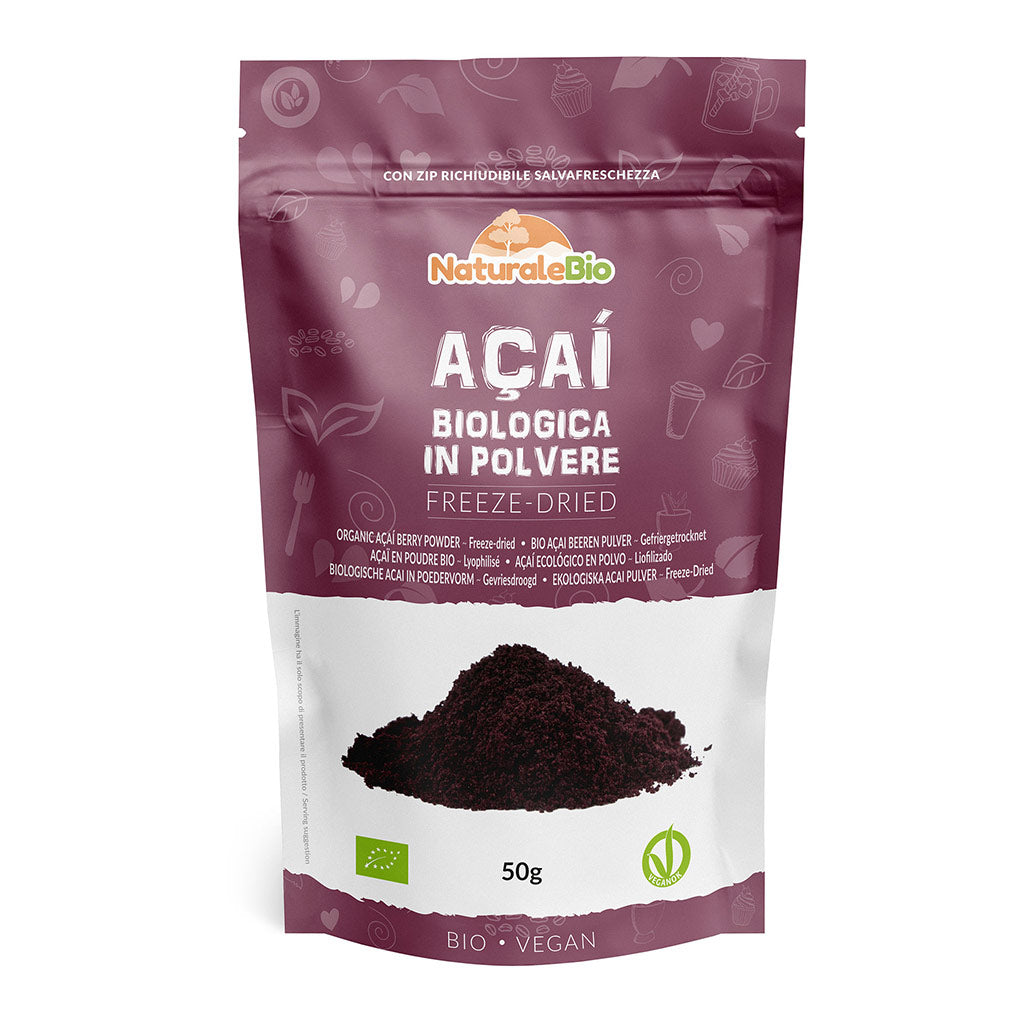
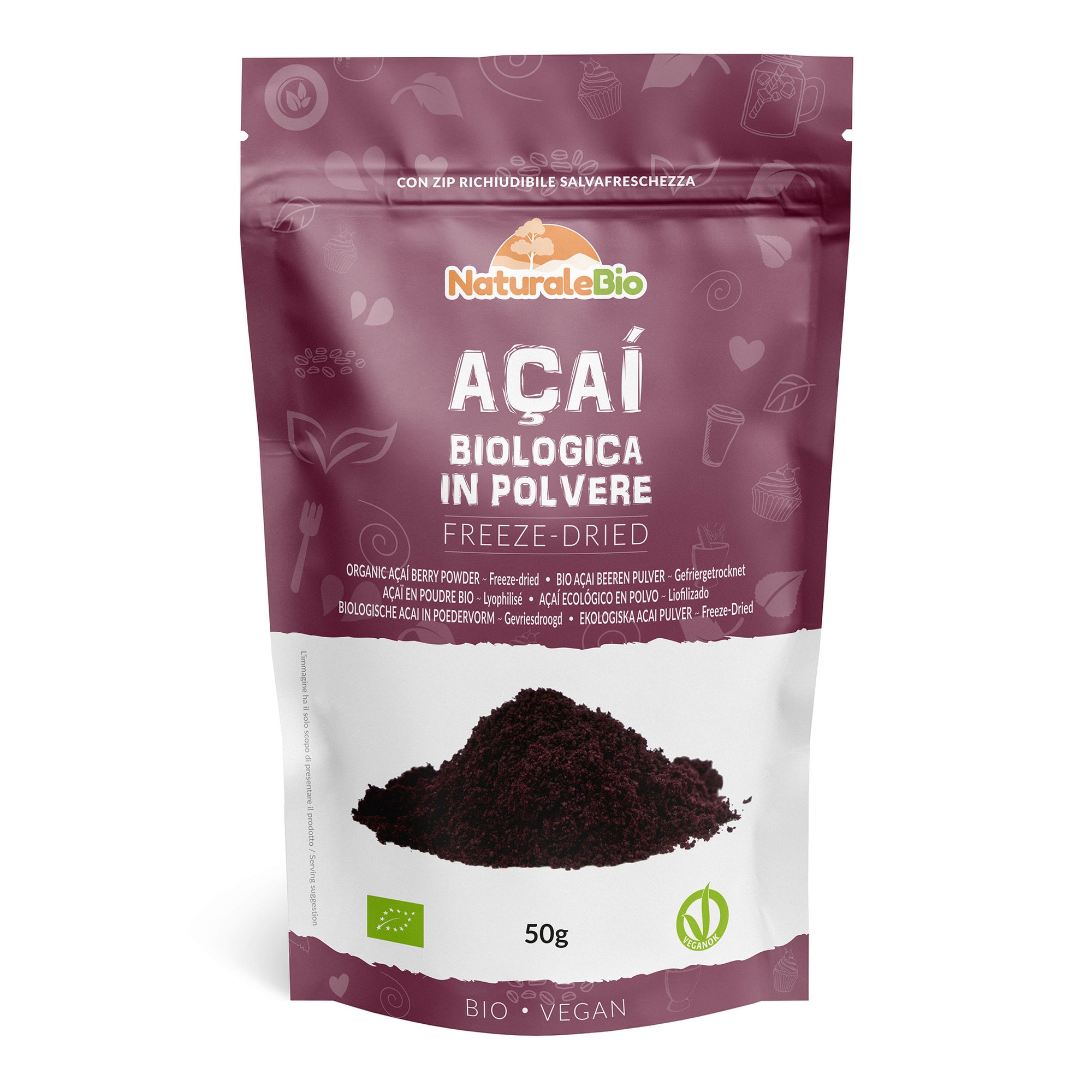
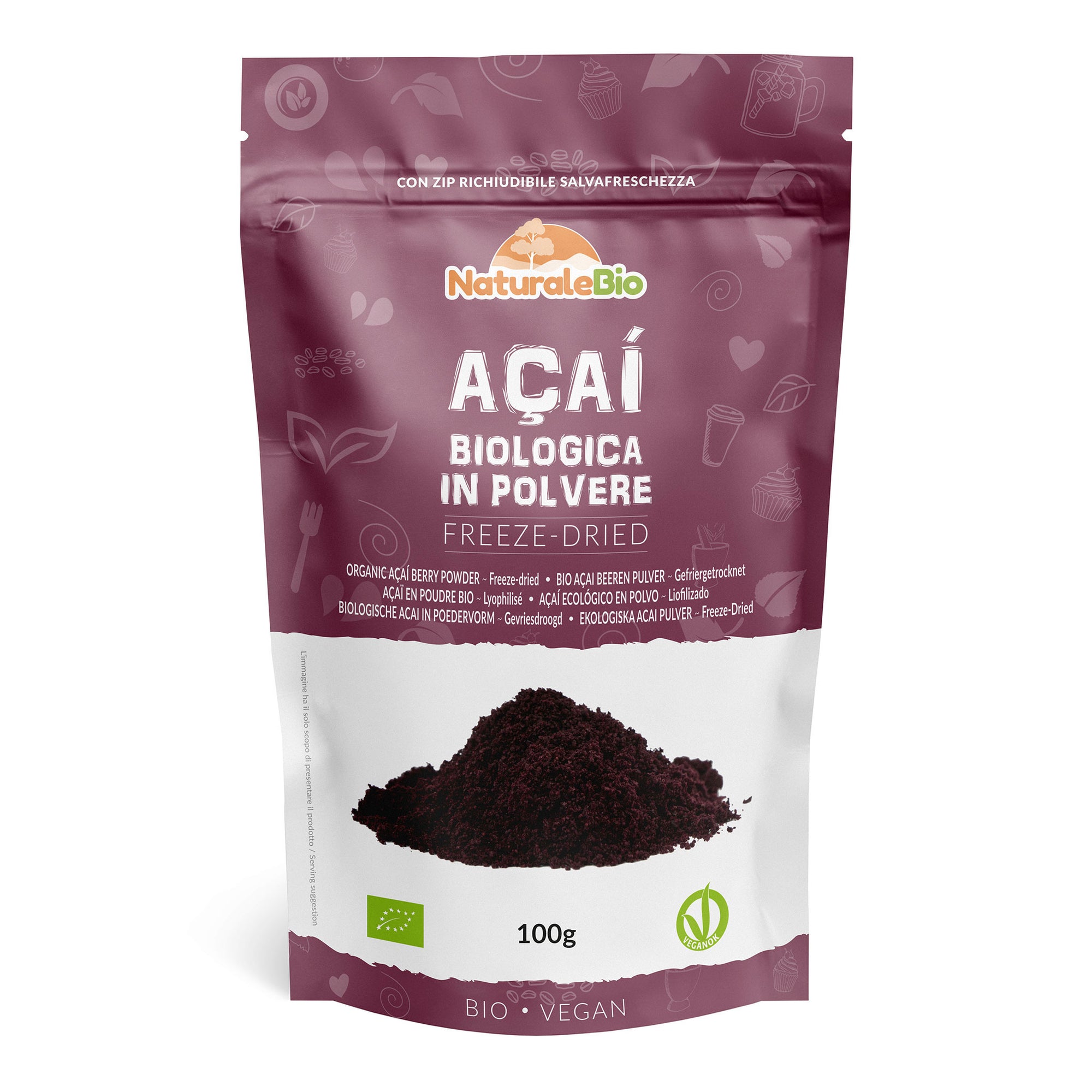
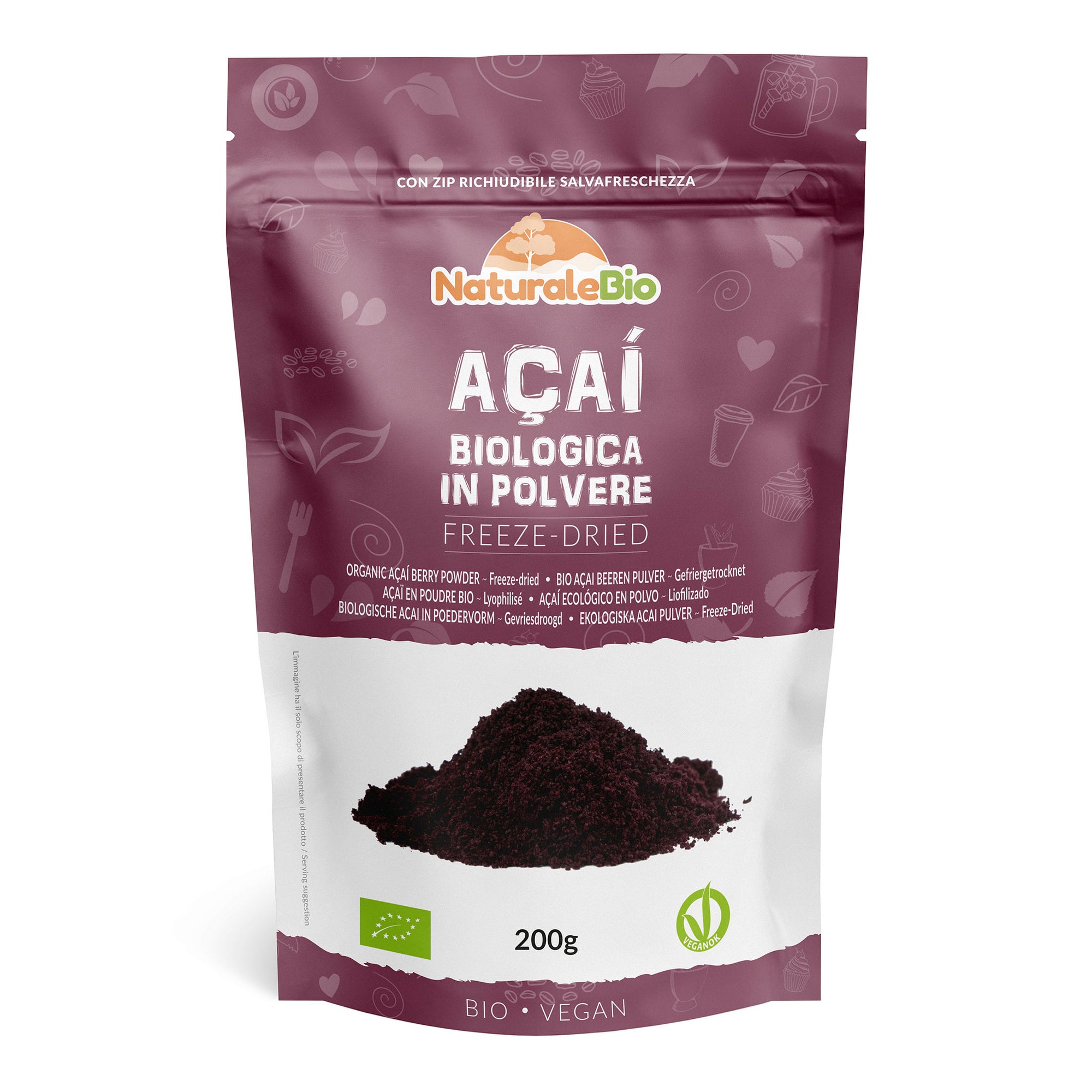
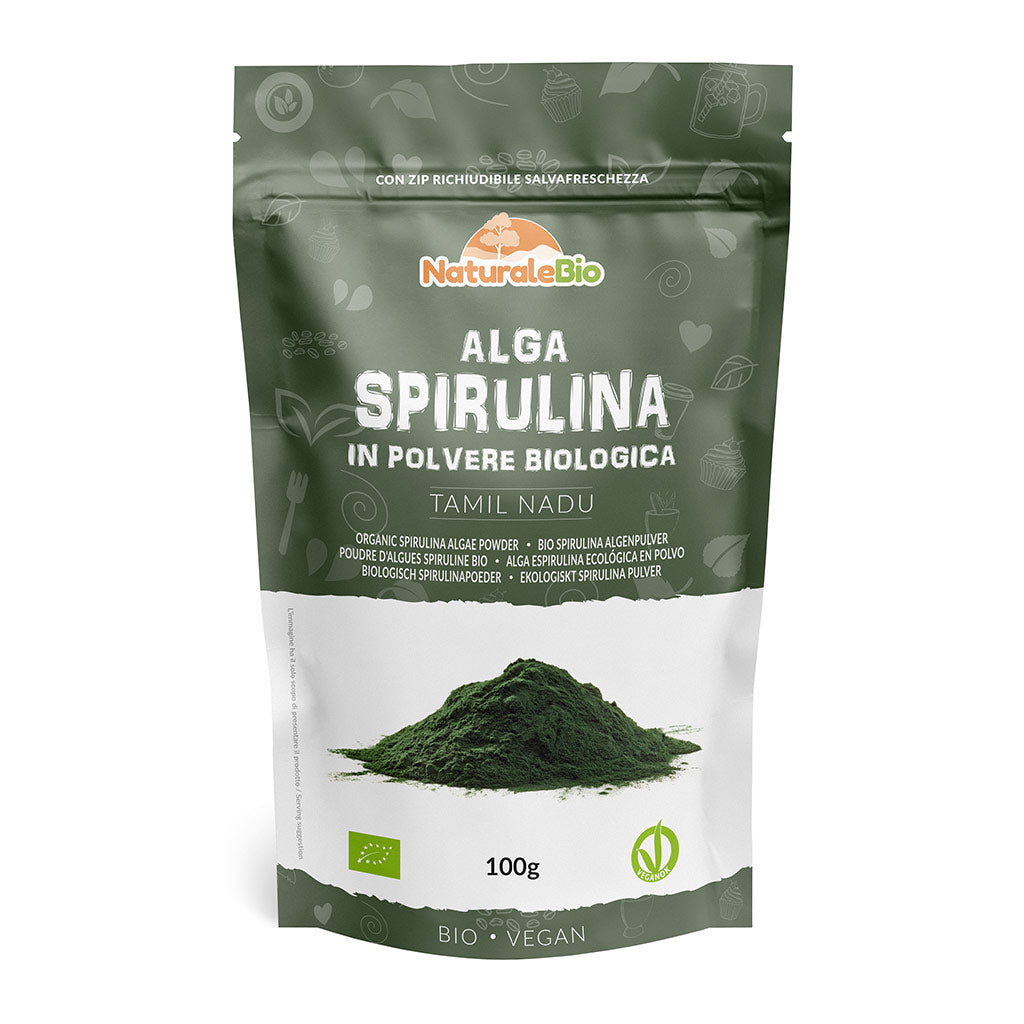
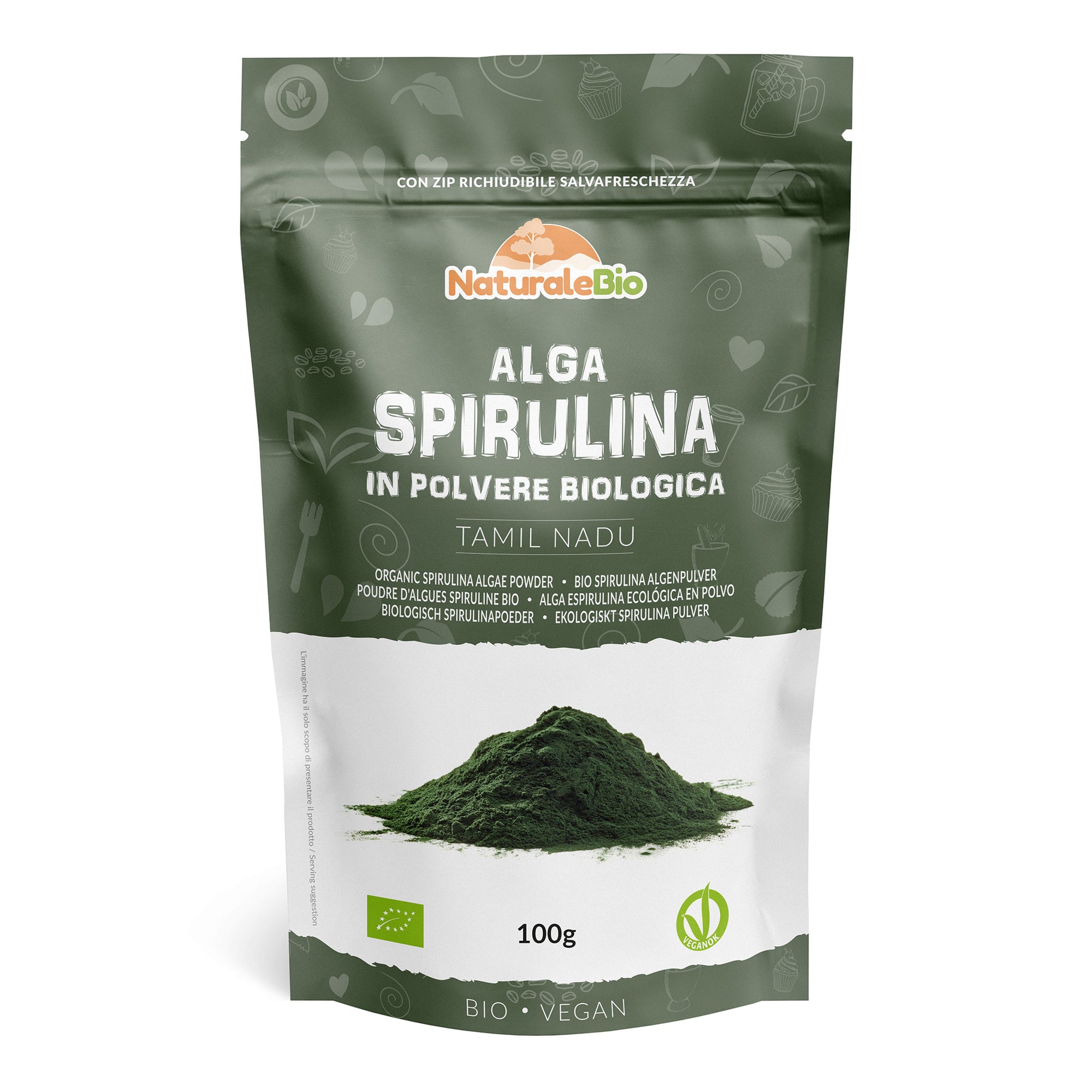

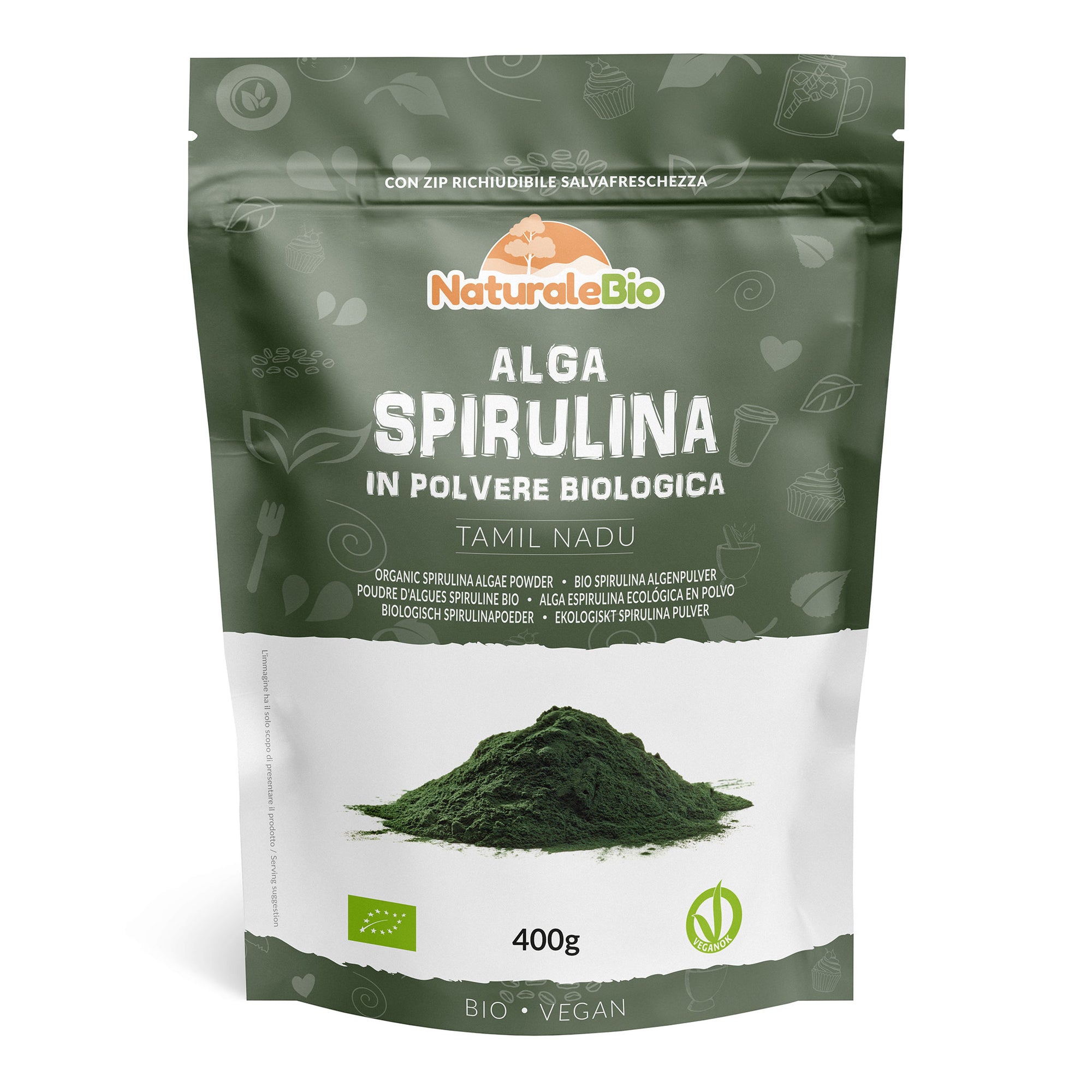
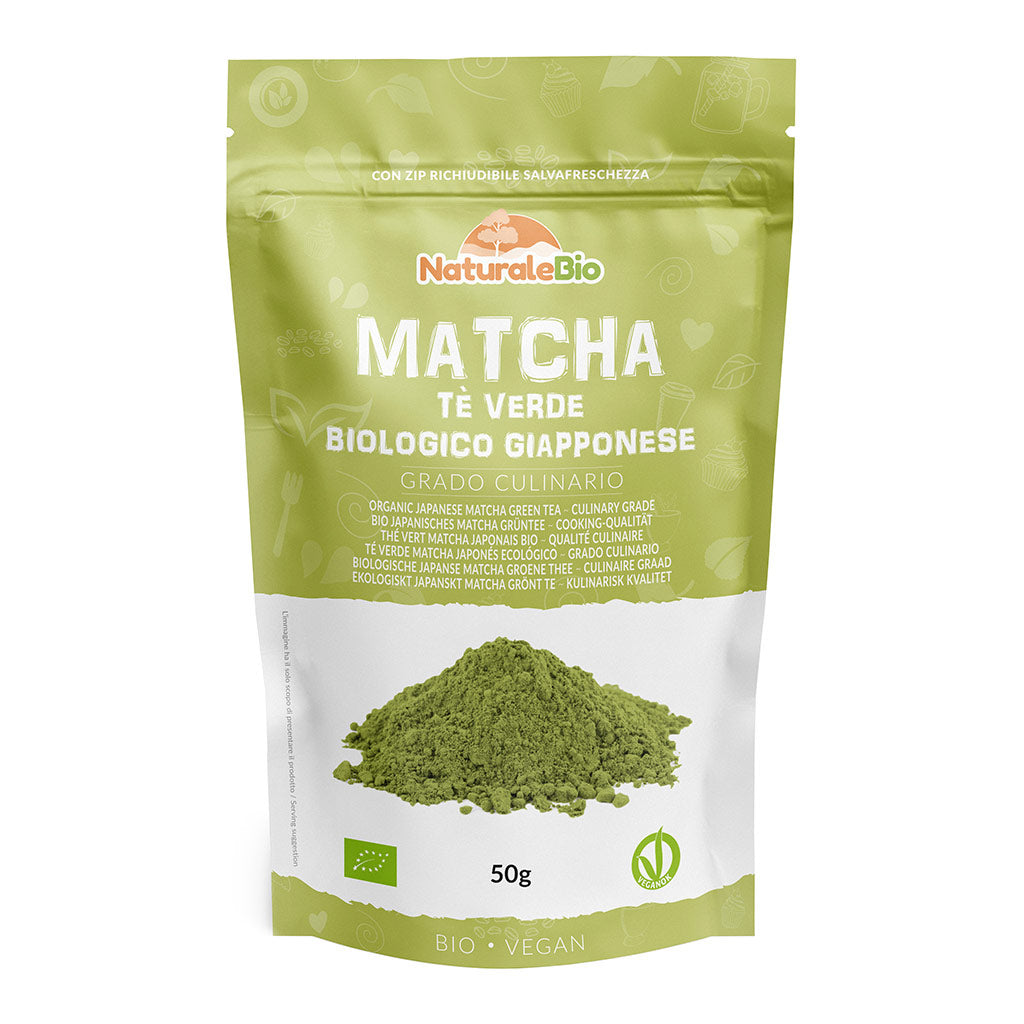
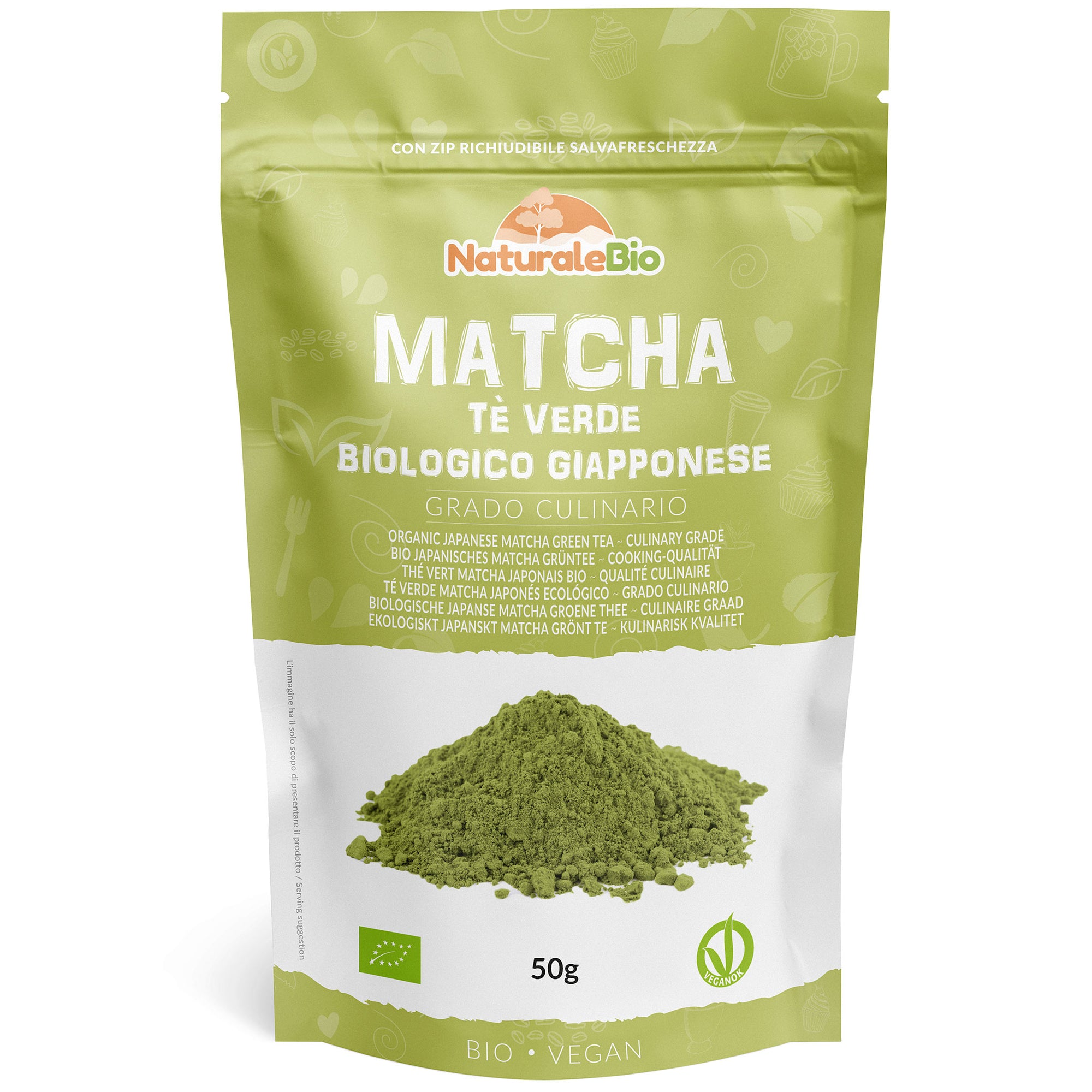
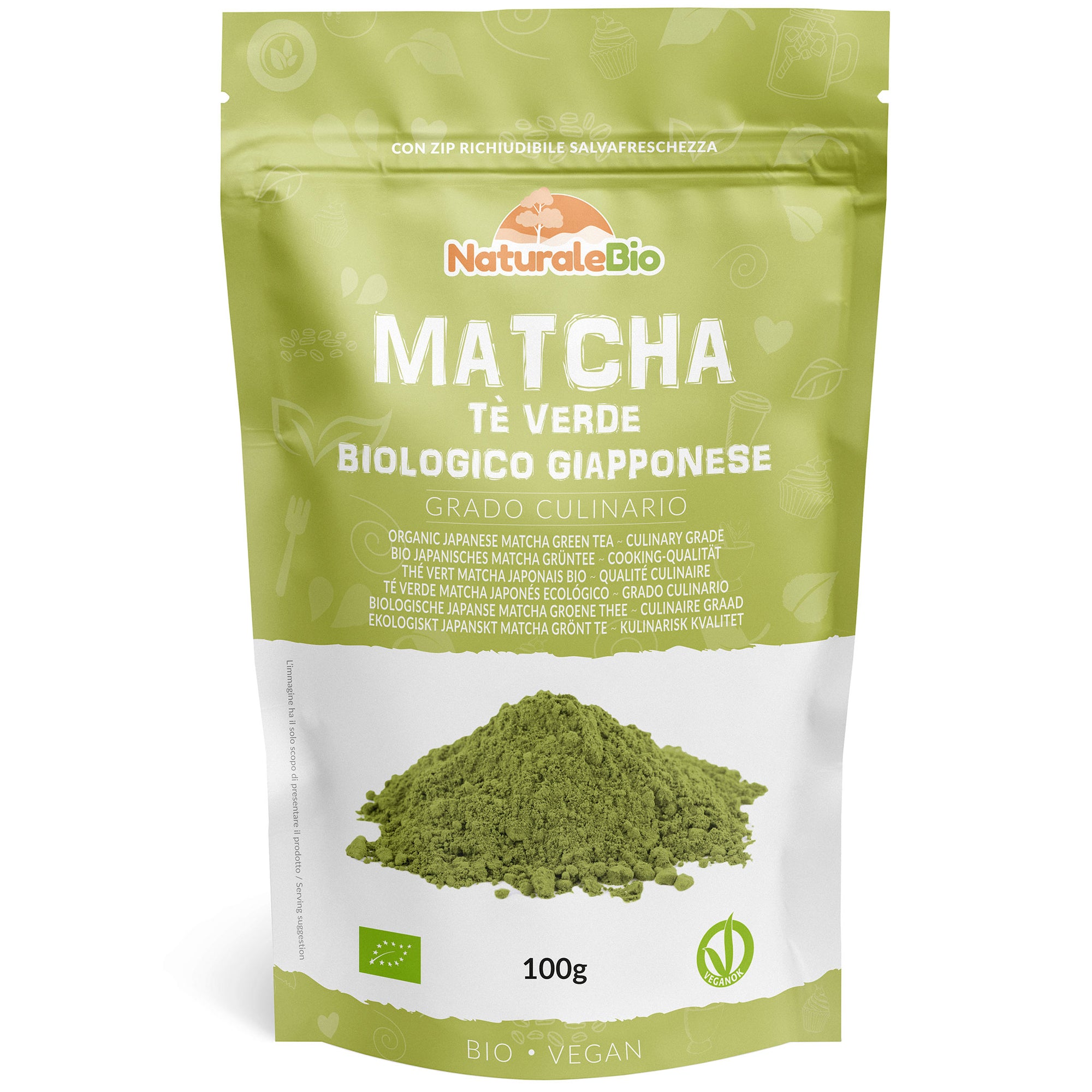
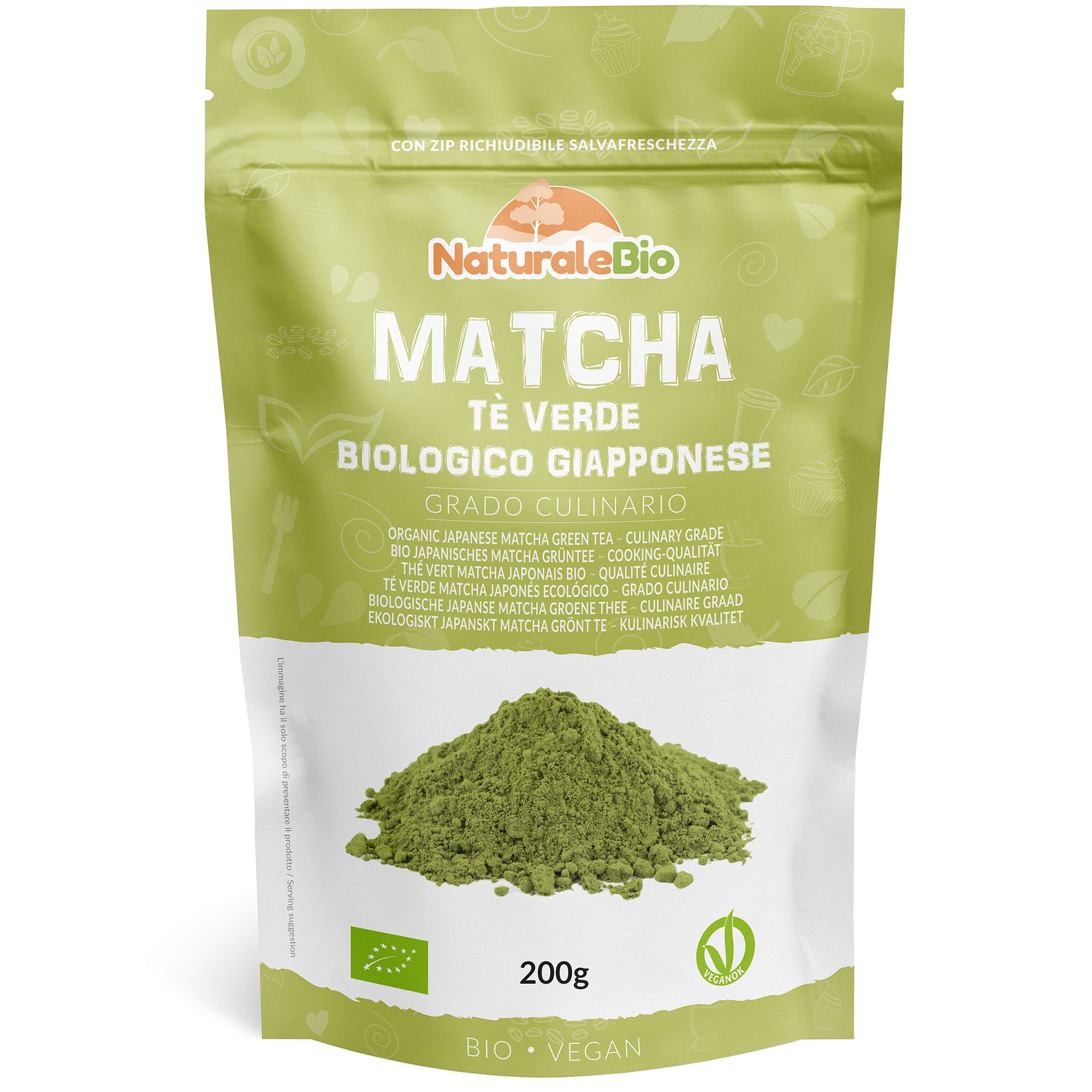
0 comments